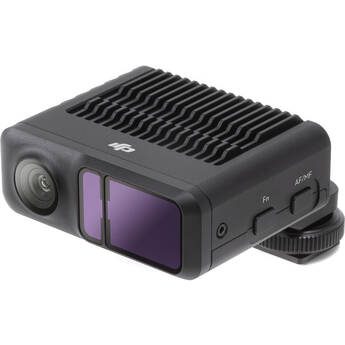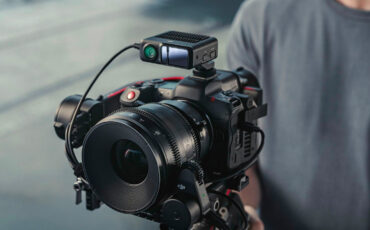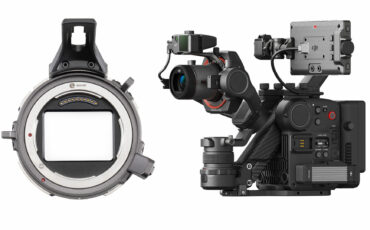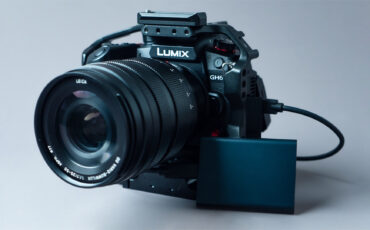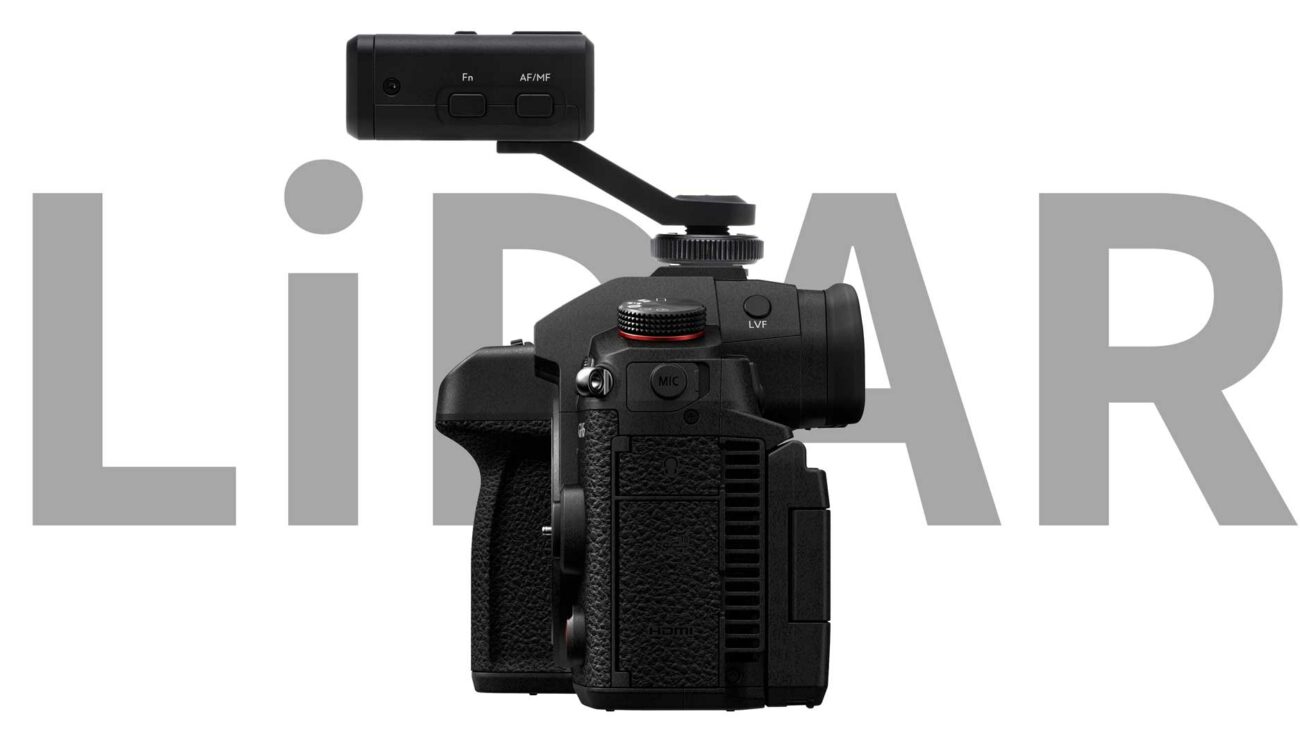
Firmware update 2.4 will give the LUMIX GH6 the ability to use DJI’s LiDAR rangefinder to acquire focus. Following the development announcement last August, Panasonic now releases the actual firmware update that will enable LiDAR autofocus on the otherwise contrast-detect-based GH6. The GH5 II will gain this capability through firmware update version 1.3. The feature will only work with the DJI RS3 Pro gimbal.
The L-Mount Alliance is growing, as several manufacturers joined forces with the initial triumvirate of Panasonic LUMIX, SIGMA, and Leica. The Chinese giant DJI, known for its drones and gimbals, is among the newest members. The collaboration is bearing fruit, in this case regarding LUMIX’s MFT cameras.
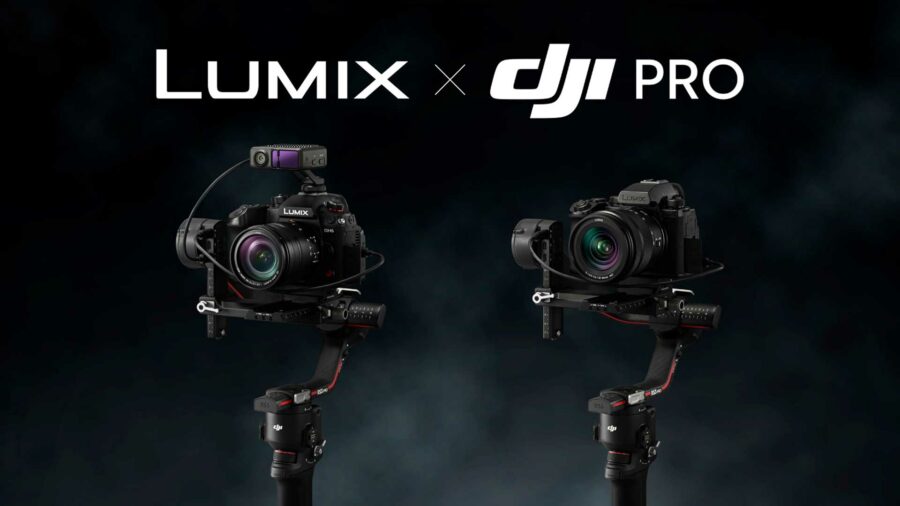
How will it actually work?
The LUMIX x DJI LiDAR-based autofocus will only work with the RS3 PRO gimbal. The module will attach to the camera’s hot shoe, will connect to the RS3 PRO gimbal via USB-C cable, and the gimbal will connect to the USB-C port on the camera. The camera should be switched to “Tether” so the gimbal can take control. Once everything is set there’s no need for follow-focus drivers, lens gears, etc. The camera will power the lens’ internal motor (as long as it has a motor, but we’re talking autofocus here…) so no calibration is needed whatsoever.
LiDAR focusing, pros and cons
LiDAR focusing is the new player in the industry. Its operation is very different than current in-camera AF systems. To put it simply – LiDAR is a method of range measurement. It creates some sort of spatial awareness and transmits distance values to the focusing device, be it a camera, a follow-focus motor, or even a human operator. Being simple, the system has some pros and some cons but is best seen as another tool in your kit.
Vincent Laforet's Directing Motion
Pros:
- Relying on an independently emitted light source, LiDAR can work in extremely dark situations.
- A simple measuring system makes the information readily available.
- The aforementioned simplicity also provides reliability. Few variables can mislead the system.
- This one isn’t officially confirmed but I assume the external system will ease the load on the camera’s internal processor.
Cons:
- As an external system, no “smart” content and deep learning features are available. This means there is no face or eye detection, no subject detection, etc. Tracking is distance-based.
- Limited range. Since the system relies on its own light source, its range is limited to around 14 meters. It may vary a bit depending on ambient conditions, so it will work great at short or medium distances, but useless when subjects are far away.
- As of now, LiDAR is only possible with the RS3 PRO gimbal.
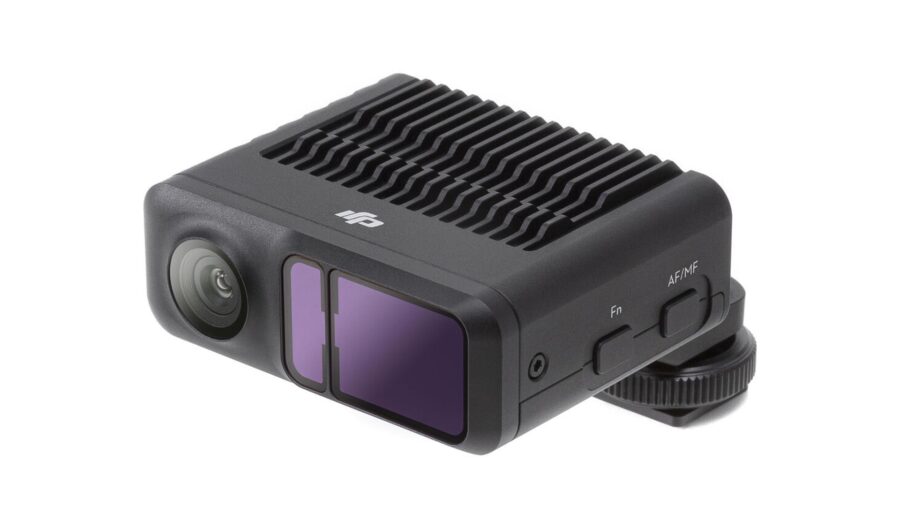
New powerful tool
LUMIX’s cameras’ autofocus systems have always been controversial. While clever and technically impressive, the DFD system could never catch up to other focus-tracking systems and so gained a fair amount of criticism along the way. The company has addressed the issue in two effective ways: implementing phase-detect sensors on its newer cameras (watch our Panasonic S5 II review, for example) and co-developing the LiDAR-based system with DJI. The latter seems to cover some of the main gripes we’ve heard regarding the DFD system. Speed, snappiness, low light, and reliability, which gained ongoing criticism, are paramount advantages of the LiDAR system. In that regard, it covers the main caveats of the GH6. While not a silver bullet that ensures 100% accurate focus under every circumstance (no system does), it is an extremely welcome addition. The GH6 usage envelope is substantially broadened.
What does the future hold?
Well, I don’t know what secrets Panasonic, DJI, and others hide, and what innovative R&D is done as we speak. I do know what I’d like to see coming to the LUMIX system and the industry in general. I hope the next step is an independent LiDAR system. The smart hot shoe may accommodate such sensors, providing power and communication. A welcomed next step may synergize the distance information with in-camera content analysis. Such synergy might converge both method’s pros into one powerful, smart, unified system.
What do you think about this update to the GH6? What would you like to see added to the LUMIX system? Let us know in the comments below!



